When it comes to debugging software, especially for larger applications running on modern architectures, GDB (GNU Debugger) is a powerful tool. But when the x86_64 architecture is required, understanding the reasoning behind it can deepen your understanding of how modern systems operate.
GDB requires the x86_64 architecture to function properly because it is designed for 64-bit systems, providing better performance and memory handling. This architecture is essential for debugging modern 64-bit applications. Using it ensures efficient and stable debugging processes.
This article breaks down the relationship between GDB and the x86_64 architecture, why this architecture is essential for certain types of software, and provides practical steps to install and use GDB effectively.
What is GDB?
GDB, or the GNU Debugger, is an open-source debugging tool that allows developers to monitor and manipulate the execution of programs, identify issues, and resolve bugs in the code. It provides comprehensive features, such as stepping through code, examining variables, controlling execution, and even handling assembly language debugging. GDB is a fundamental tool for low-level debugging, especially in complex applications requiring precise control.
Understanding the x86_64 Architecture:

1. Difference Between x86 and x86_64
The x86 architecture refers to a 32-bit system, while the x86_64 architecture extends it to 64-bit. The most significant difference between these two architectures is their ability to process larger data sets and memory addresses. While x86 systems are limited to using 4GB of RAM, x86_64 architecture systems can handle much larger amounts of RAM, making them ideal for modern computing tasks, such as high-performance gaming, data analysis, and enterprise-level software.
2. Why x86_64 is Preferred for Modern Software
Modern software demands more memory, higher processing power, and efficient multitasking. The x86_64 architecture allows systems to utilize these resources efficiently, handling larger addressable memory spaces and improving overall computing performance. Software compiled for this architecture is typically faster, more secure, and scalable to future computing needs, which is why it has become the industry standard.
Why is x86_64 Architecture Necessary for GDB?
1. Compatibility and Performance Benefits
For GDB to debug programs effectively, it needs to operate in an environment that matches the program’s architecture. Debugging software designed for a 64-bit system requires GDB to run in the same architecture. This ensures compatibility, optimizes performance, and avoids issues related to memory access and resource handling.
2. 64-Bit Computing Advantages
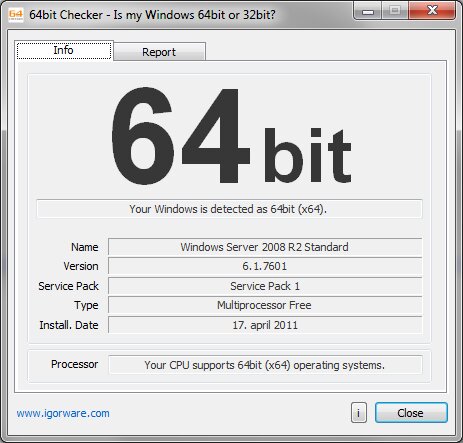
The advantages of 64-bit computing, such as handling large-scale data processing, ensuring efficient memory usage, and delivering faster execution speeds, make the x86_64 architecture vital for GDB. As modern software moves towards more complex processes and larger data sets, the requirement for GDB to operate on x86_64 systems becomes crucial for debugging efficiency.
3. Examples of Software Dependent on x86_64
Some examples of software that are dependent on the x86_64 architecture include:
- High-end video editing tools (e.g., Adobe Premiere Pro)
- Scientific computation tools (e.g., MATLAB)
- Large-scale enterprise applications (e.g., Oracle Database)
- Advanced 3D rendering software (e.g., Blender)
Installing GDB on x86_64 Architecture:
Whether you’re running Linux, Windows, or macOS, the process of installing GDB on an x86_64 system is fairly straightforward. However, different operating systems have unique installation requirements and processes.
1. Prerequisites
Before installing GDB, ensure that your system meets the following requirements:
- A system with the x86_64 architecture
- Administrative or root access
- A working compiler like GCC (GNU Compiler Collection) installed
2. Installation Steps on Linux
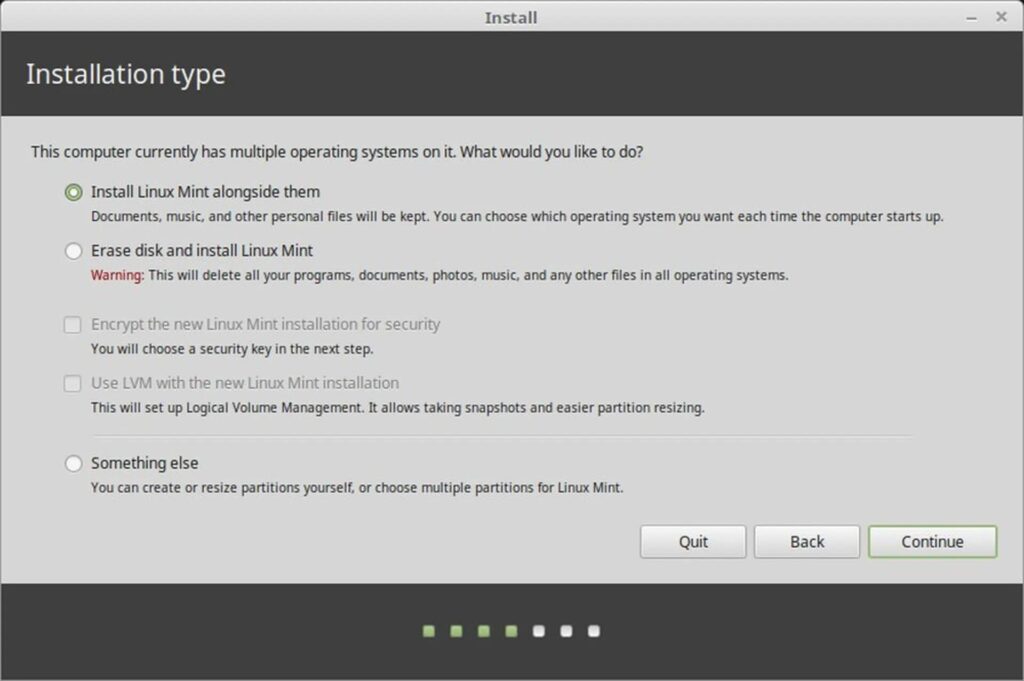
- Open a terminal.
- Update your package repository using:
sudo apt update - Install GDB using:
sudo apt install gdb - Verify the installation by typing:
gdb –version
3. Installation Steps on Windows
- Download the MinGW installer from mingw-w64.org.
- Run the installer and ensure the GDB component is selected.
- After installation, add the MinGW bin directory to your system’s PATH environment variable.
- Verify the installation by running gdb –version in Command Prompt.
4. Installation Steps on macOS
- Open a terminal.
- Install Homebrew if you don’t have it by running:
/bin/bash -c “$(curl -fsSL https://raw.githubusercontent.com/Homebrew/install/HEAD/install.sh)” - Use Homebrew to install GDB:
brew install gdb - Verify the installation with:
gdb –version
GDB vs. Other Debugging Tools on x86_64:
There are numerous debugging tools available, but GDB remains a favorite due to its depth of control and open-source nature. Other tools, such as LLDB or WinDbg, offer features similar to GDB but are often limited to specific platforms or less flexible in debugging low-level code.
Common Issues with GDB and x86_64:
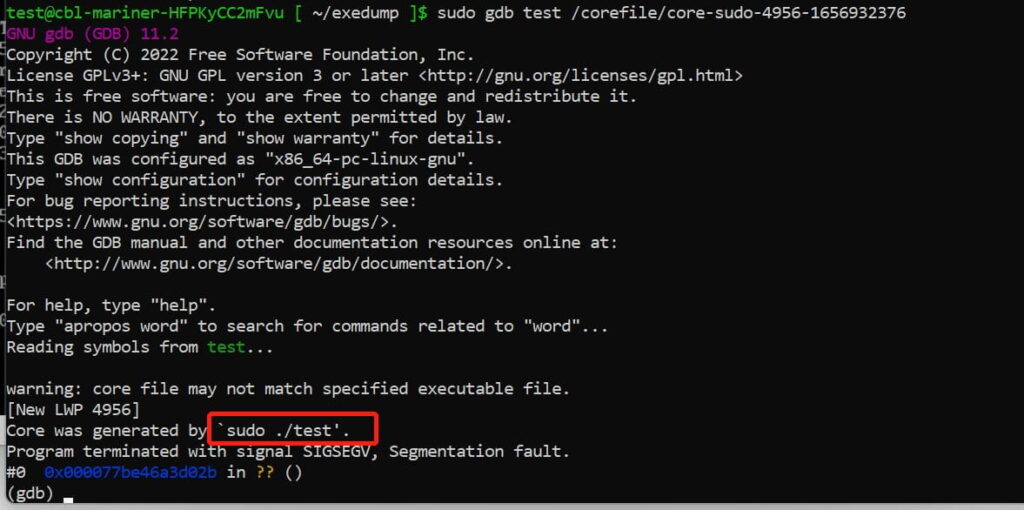
1. Troubleshooting Installation Errors
While installing GDB, you might encounter errors, such as missing libraries or dependency issues. If using Linux, you can resolve this by ensuring all development tools and libraries are installed via:
sudo apt install build-essential
For macOS, ensure that Xcode Command Line Tools are installed by running:
xcode-select –install
2. Handling Compatibility Issues
Sometimes, GDB may struggle with compatibility, especially when working on cross-architecture debugging. In such cases, it is essential to configure GDB correctly by compiling it specifically for the required architecture or using tools like Rosetta for Mac systems.
Unique Features of GDB for x86_64 Architecture:
GDB, when running on the x86_64 architecture, offers unique advantages like:
- Large Address Space Access: Debugging applications that use more than 4GB of memory.
- Extended Instruction Set: Support for advanced instructions specific to x86_64, optimizing performance.
- 64-Bit Register Access: Full control over 64-bit registers, enabling fine-grained control during debugging.
Optimizing GDB Performance on x86_64:
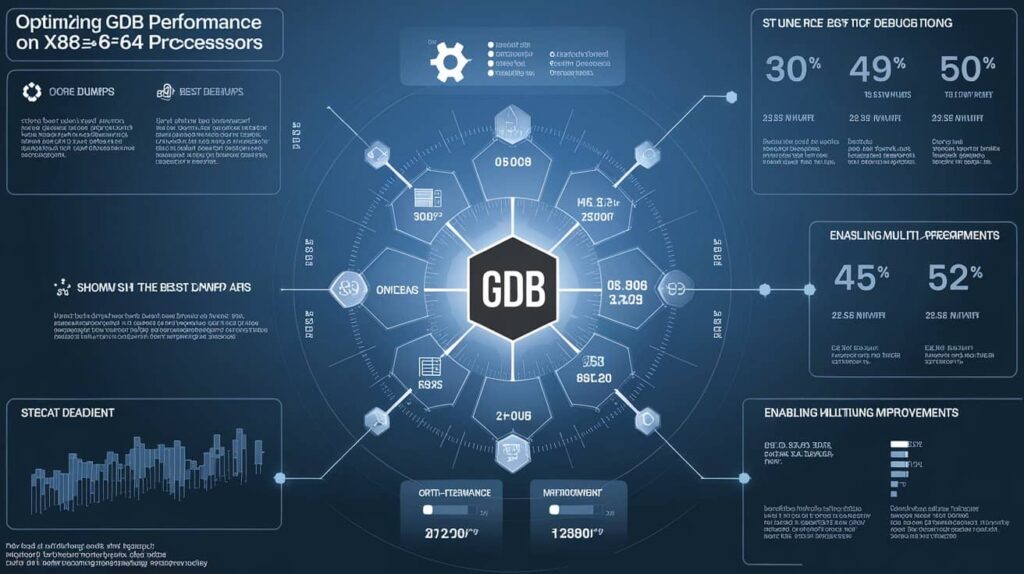
1. Tips for Faster Debugging
- Use Hardware Breakpoints: These are faster than software breakpoints.
- Limit Backtrace Depth: Large applications can produce extensive backtraces, slowing down the debugging process.
2. Best Practices for Using GDB
- Debug Symbols: Ensure you compile your program with debug symbols (-g flag in GCC) to make debugging smoother.
- Logging: Enable logging in GDB to track performance issues over time.
Security Considerations on x86_64 Architecture:
1. How Does GDB Ensure Safe Debugging Practices?
GDB takes various steps to ensure secure debugging, including protecting system-level memory and preventing unauthorized access to sensitive resources. Debugging on an x86_64 system further benefits from 64-bit security features, such as Address Space Layout Randomization (ASLR).
2. Case Studies
GDB and X86_64 Architecture on macOS M1
When Apple’s M1 chip launched, it shifted from x86_64 to ARM architecture, which raised challenges for developers reliant on GDB. For x86_64 applications, Apple provided Rosetta 2, a translation layer allowing users to run x86_64 applications on M1 hardware. This case study will explore how developers adapted GDB to this new environment.
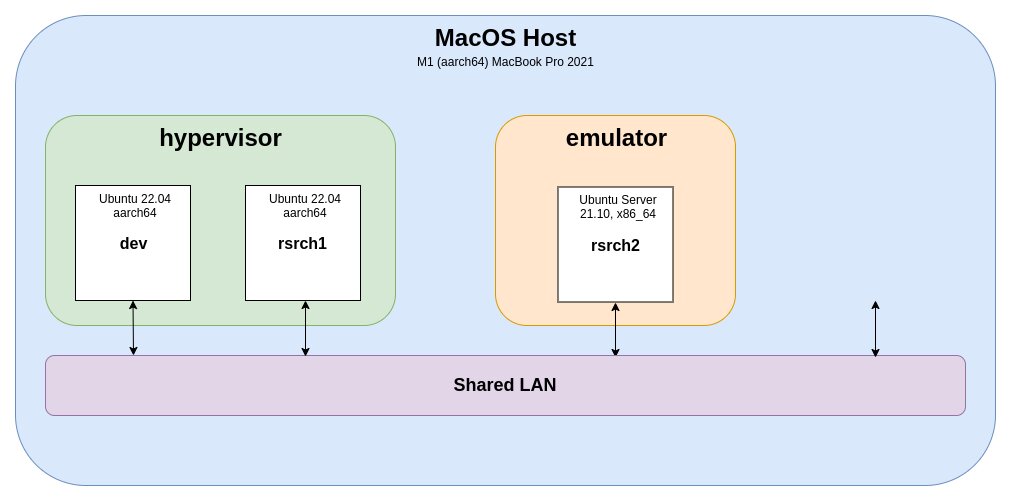
- Transition to ARM: Developers initially faced issues running GDB on the M1 chip since it was optimized for x86_64. Using Rosetta 2 allowed x86_64 versions of GDB to run, though some performance issues and incompatibilities arose during debugging.
- Rosetta 2 Translation: Debugging x86 applications with GDB on macOS M1 involved using Rosetta to emulate the x86_64 architecture. While the system worked, developers often encountered limitations in terms of debugging performance and memory access, requiring updates to GDB for better ARM compatibility.
How to Get GDB Working on Mac?
Getting GDB to work on a Mac, especially post-2018, requires some extra steps because of Apple’s security features. You must:
- Code sign the GDB binary to bypass macOS’s security mechanisms.
- Run the application in a Terminal with appropriate privileges.
- Use Homebrew or MacPorts to simplify installation and setup.
Debug with GDB on macOS 11:
In macOS 11 and later, GDB requires code signing to function properly. Follow the installation instructions above for macOS to ensure that GDB is properly signed and trusted by the system. Additionally, macOS 11 introduced tighter security measures, making it critical to configure GDB correctly for debugging.
Does GDB Work on Mac M1?
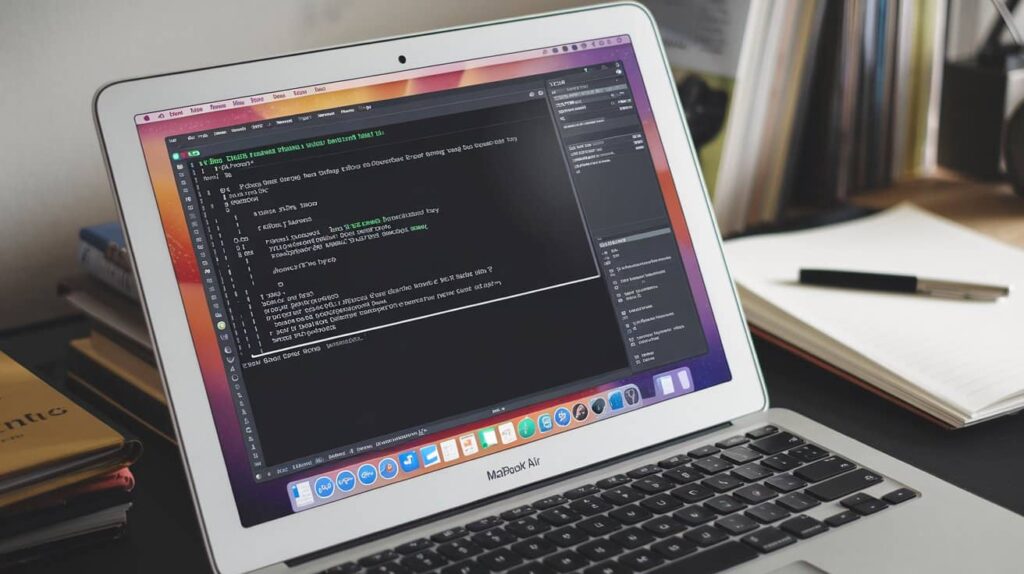
Yes, GDB can work on Mac M1, but you need to use Rosetta 2 to run x86_64 applications. While GDB’s native support for ARM is improving, Rosetta remains a necessary intermediary for x86_64 debugging on M1 hardware.
What Is the GDB Equivalent on Mac?
On macOS, LLDB serves as the equivalent to GDB. LLDB is part of the LLVM project and comes pre-installed with Xcode. It’s optimized for macOS and provides better performance when debugging applications natively on Apple Silicon (M1) devices.
How Do I Install GDB on a MacBook M1 to Use in Eclipse?
To install GDB for use in Eclipse on a MacBook M1, follow these steps:
- Install Homebrew and use it to install GDB, as outlined above.
- Code sign GDB to bypass macOS security.
- Install Eclipse: Download the latest version of Eclipse and install it.
- Configure Eclipse to use GDB by navigating to the Debugger settings in the preferences pane and pointing Eclipse to the GDB binary.
How to Install GDB on Mac Brew?

To install GDB on a Mac using Homebrew, first, ensure you have Homebrew installed on your system. Then, you can simply search for GDB in Homebrew and proceed with the installation. After installing, it’s essential to sign the GDB binary to comply with macOS security protocols and configure any necessary permissions for debugging.
FAQ’s
1. What is x86_64 architecture?
The x86_64 architecture is a 64-bit version of the x86 instruction set, offering more memory capacity and better performance.
2. Why does GDB require x86_64 architecture?
GDB relies on x86_64 for debugging 64-bit applications and for utilizing larger memory capacities, which improve performance.
3. How do I install GDB on a Mac?
You can install GDB on macOS using Homebrew by running the command brew install gdb. Ensure you also code sign GDB for it to run correctly.
4. Does GDB work on Windows?
Yes, GDB can be installed on Windows, typically through the MinGW environment.
5. What’s the difference between x86 and x86_64?
x86 is a 32-bit architecture, while x86_64 is 64-bit, offering more memory capacity and better performance.
Closing Remarks:
Understanding the importance of the x86_64 architecture in modern debugging environments is critical for developers using GDB. As more systems transition to 64-bit computing, optimizing your debugging practices for x86_64 will ensure smoother, more efficient software development.

